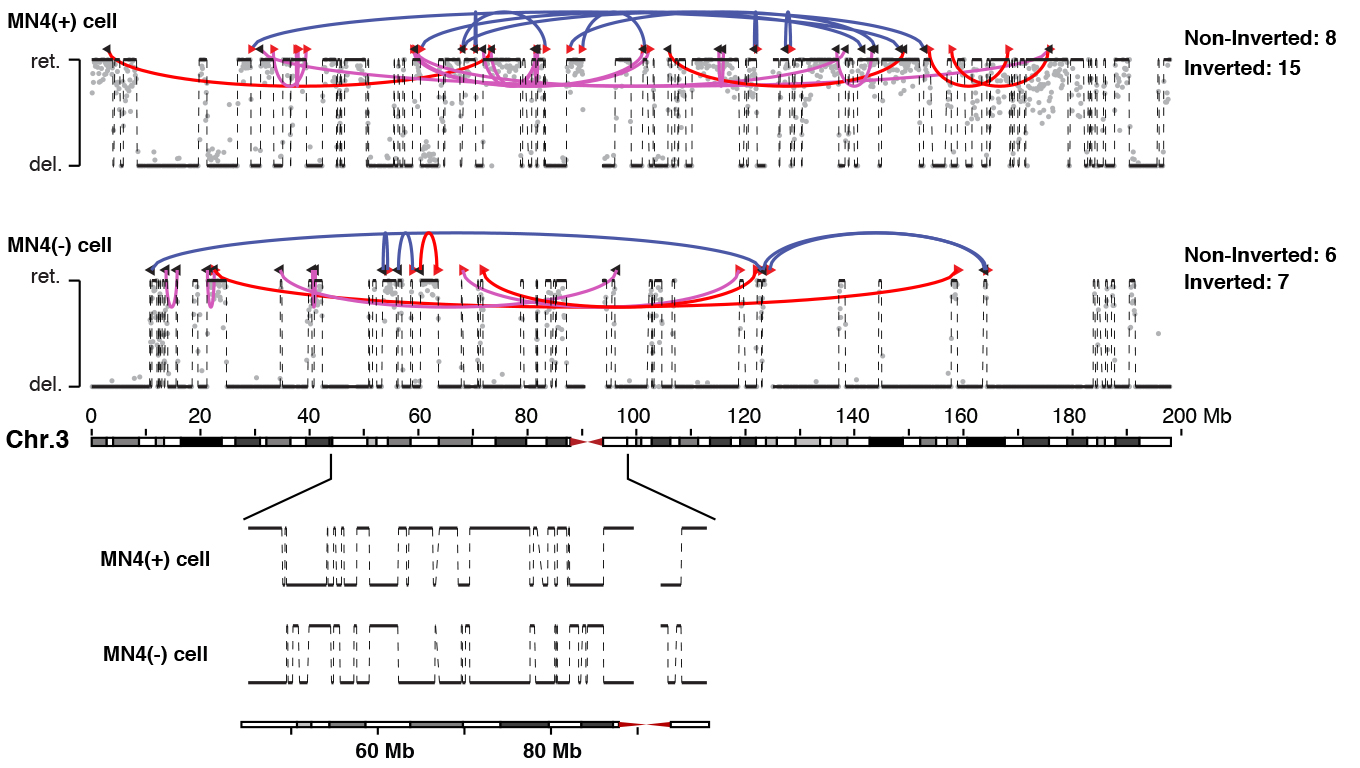
Using a combination of live cell imaging and single cell genome sequencing (Look-Seq), the Pellman laboratory has defined a mechanism for a new mutational process in cancer and congenital disease called chromothripsis (Zhang et al., Nature, 2015). In chromothripsis there is massive rearrangement of typically one of a cell’s chromosomes, leaving the rest of the genome unaltered. By recreating chromothripsis in the laboratory, the group shows that it can originate from abnormal nuclear structures, common in cancer cells, called micronuclei. The findings illustrate the importance of nuclear architecture and integrity for the maintenance of genome stability. The work was done in collaboration with Matthew Meyerson’s laboratory (Dana-Farber Cancer Institute & Department of Pathology at Harvard Medical School).
For more information, click here.